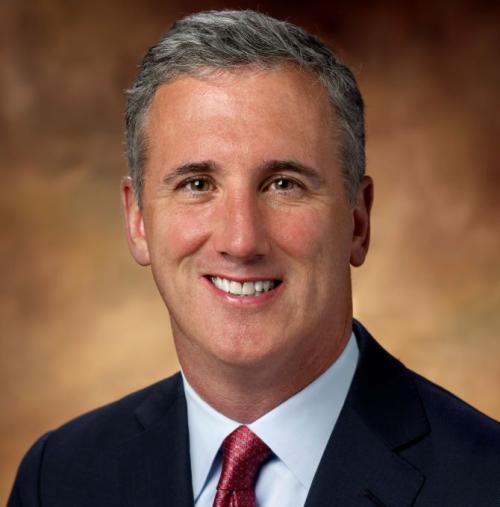Recently, Goodyear Tire and Rubber Company’s president and chief executive, Richard Kramer, saw a 69 percent rise in his annual compensation to $8.5 million in 2010, according to an Associated Press calculation from a regulatory filing.
Kramer, who became the company’s CEO on April 13, 2010, claimed the chairman title on October 1 that same year. During this time, he received a base salary of $929,924, which shows an increase of 37 percent in 2010 as the company reversed a 2009 decision to freeze executive officers’ salaries, Bloomberg reports. Meanwhile, the largest US tire maker reported a loss of $216 million for 2010, which included a $160 million charge to close a 1,900-employee plant in Union City, Tennessee.
Goodyear is a prime example of the many US companies that are granting bonuses to its executives despite suffering a loss in revenues. John Floyd, a columnist for the weekly newspaper Kokomo Perspective, points out that executive bonuses are never determined by his/her goals for a coming year.
In fact, ‘executive bonuses are rewards for past performance against goals established at year’s end by the executive and approved by the board of directors,’ Floyd writes. ‘The criteria for measuring a CEO’s performance should always be after the fact and never before. Goodyear’s explanation for increasing the CEO’s compensation by 69 percent in 2010 is neither plausible nor believable.’
Essentially, executive compensation remains a hot topic on the boardroom agenda because earlier this year the SEC adopted say-on-pay rules that allow investors to vote on executive compensation at publicly traded companies. Boards do not necessarily have to listen, however, as the votes are considered non-binding.
Say on pay, which originally started in the UK, grants shareholders a voice on salaries, bonuses and golden parachutes. Currently, the UK is taking an active stance to improve its executive remuneration schemes. According to Inside Investor Relations, one of Britain’s biggest businesses is likely to lengthen its executive remuneration scheme from three years to five, a change that would put pressure on other major companies to change the way they reward the UK’s most senior managers.
Robert Talbut, chief investment officer at Royal London Asset Management (RLAM), tells Inside Investor Relations that a specific FTSE 100 company will announce the reform of its pay scheme for executives within the coming months. This would likely create conditions in which other businesses could face pressure from some institutional shareholders to follow suit.
‘In the US, it is possible that several large-cap companies might consider lengthening their executive remuneration timeline in response to the developments in the UK,’ says Sanjay Shirodkar, counsel to DLA Piper’s public company and corporate governance group. ‘Some of the larger companies might take a second look at their cycle, but it is unlikely we will see a large number of companies switching over to a five-year cycle in the short term.’
Shirodkar points out that most of his clients are technology and start-up companies, which examine executive compensation on an annual basis. Even with the new say-on-pay requirements, most companies still maintain a plurality voting standard for the election of directors and it is not clear whether shareholders wield sufficient power to lengthen a company’s executive remuneration timeline in the short run.
‘Realistically, companies are more likely to switch over to a three-year cycle in the US, but it is not likely to be as rapid as in the UK, since companies there are already familiar with these sort of issues and many companies use a majority voting standard for the election of directors,’ Shirodkar adds.








